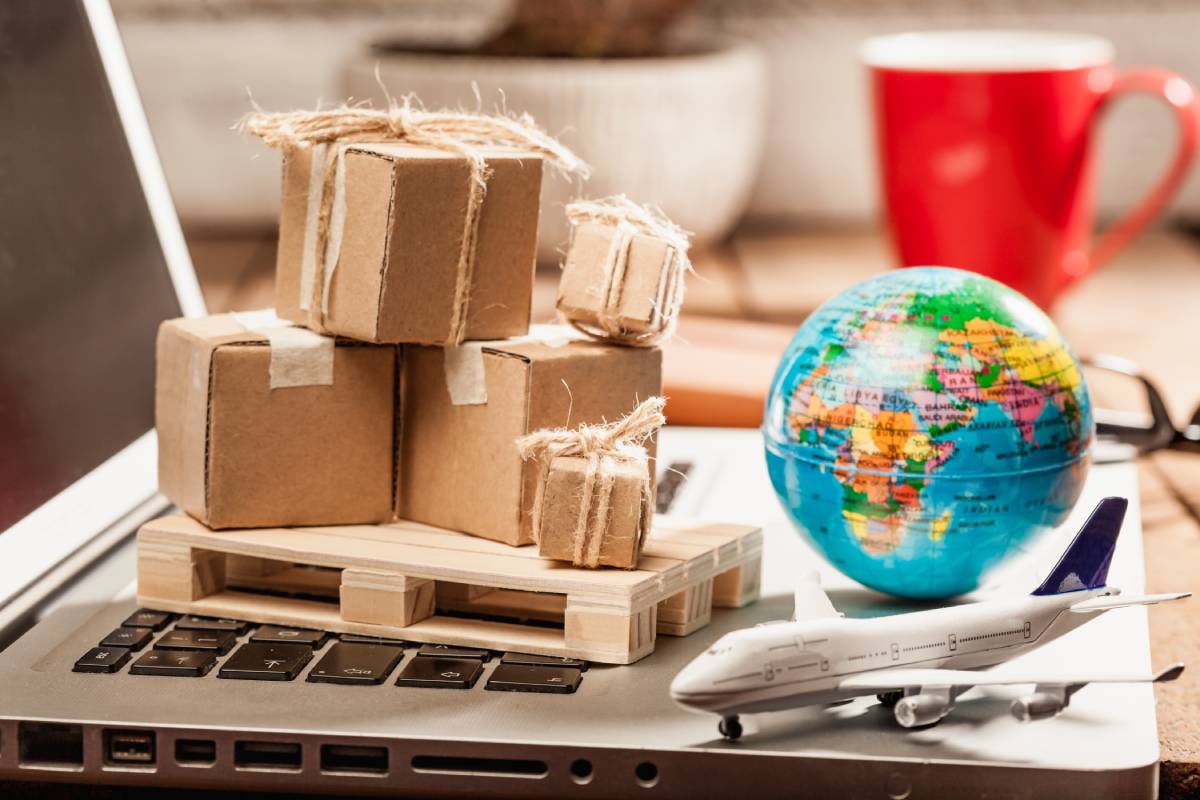Global Reach with Local Support
We recognise that international shipping can be a complex process. Let us assist you in navigating it, ensuring a seamless and enjoyable experience.

In the complex world of global logistics, safety and compliance are paramount, especially when dealing with hazardous materials. This is where the UN Numbered Dangerous Goods system, often abbreviated as UNNUMBERDG, becomes indispensable. A UN Number is a four-digit code used internationally to identify hazardous substances and articles in the context of transport. Assigned by the United Nations Committee of Experts on the Transport of Dangerous Goods, these numbers are a universal language, ensuring that Dangerous Goods are handled, stored, and transported safely and in accordance with strict regulations worldwide.
For businesses shipping anything from chemicals and gases to batteries and aerosols, understanding and correctly applying UN Numbers is not just a regulatory requirement; it's a critical component of risk management and supply chain integrity. Misidentification or improper handling of Dangerous Goods can lead to severe consequences, including accidents, environmental damage, legal penalties, and significant delays. Ocean Cargo, with over 25 years of experience, specialises in navigating these complexities, providing expert guidance and compliant shipping solutions for all types of UN Numbered cargo.
The primary purpose of a UN Number is to provide a quick, unambiguous identification of a hazardous substance or article. This allows emergency responders, transport personnel, and regulatory authorities to immediately understand the nature of the hazard and take appropriate precautions. Each UN Number is linked to a specific proper shipping name, a hazard class, and packing group, which together dictate the packaging, labelling, documentation, and segregation requirements for transport.
For example, UN 1203 identifies "Gasoline" or "Petrol," classifying it as a Class 3 Flammable Liquid. UN 1075 refers to "Liquefied Petroleum Gas" (LPG), a Class 2.1 Flammable Gas. This standardised system eliminates language barriers and ensures consistent safety protocols across international borders, from sea freight to the USA to air freight to Australia.
The UN system categorises dangerous goods into nine distinct classes, some with sub-divisions, to clearly communicate the type of hazard. Understanding these classes is fundamental to compliant shipping:
Ocean Cargo's customs compliance experts are adept at classifying goods correctly, ensuring that your cargo, whether it's excavators and diggers to the UAE or sensitive chemicals, meets all regulatory requirements for its specific hazard class.
Shipping dangerous goods is a multi-step process that demands meticulous attention to detail. Ocean Cargo guides clients through each stage, ensuring full compliance and peace of mind.
Our team provides comprehensive support for each of these steps, ensuring your dangerous goods shipments, from sea freight to Canada to customs brokerage for the USA, are handled with the utmost professionalism.
The transport of UN Numbered Dangerous Goods is governed by a complex web of international and national regulations. Key international frameworks include:
These regulations are regularly updated, making it challenging for businesses to stay compliant. Ocean Cargo's expertise ensures that your shipments adhere to the latest requirements, mitigating risks and avoiding costly penalties. We understand the nuances of shipping various types of cargo, including specialist items like wind turbine components to Australia, which often involve dangerous goods elements.
A UN Number is a four-digit code used for the identification of hazardous substances during transport, focusing on the risks associated with their movement. A CAS (chemical Abstracts Service) Number is a unique numerical identifier for chemical substances, providing a definitive link to a specific chemical structure or composition, primarily used for scientific and regulatory purposes outside of transport.
No. Air freight regulations (IATA DGR) are generally the most stringent. Some dangerous goods are forbidden by air, while others have very strict quantity limitations or require specific packaging and handling that may not be feasible. It's crucial to consult the IATA DGR and an expert like Ocean Cargo for specific guidance.
The shipper (the party offering the goods for transport) is ultimately responsible for correctly identifying, classifying, and assigning the UN Number to their dangerous goods. This information is typically derived from the Safety Data Sheet (SDS) provided by the manufacturer or supplier of the substance.
Incorrect declaration of dangerous goods can lead to severe consequences, including significant fines, cargo delays, refusal of shipment, seizure of goods, and even criminal charges. More importantly, it poses a serious safety risk to transport personnel, the public, and the environment. Ocean Cargo stresses the importance of accurate documentation and compliance to avoid these issues.
We recognise that international shipping can be a complex process. Let us assist you in navigating it, ensuring a seamless and enjoyable experience.
